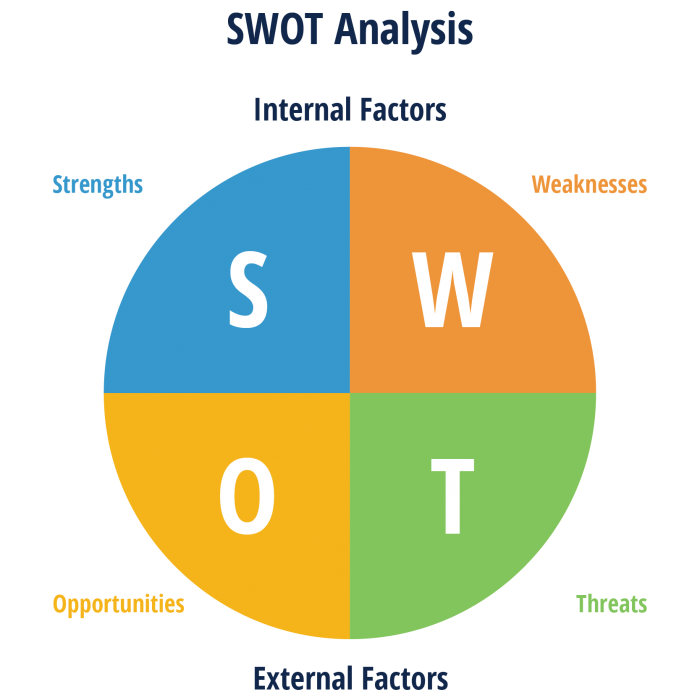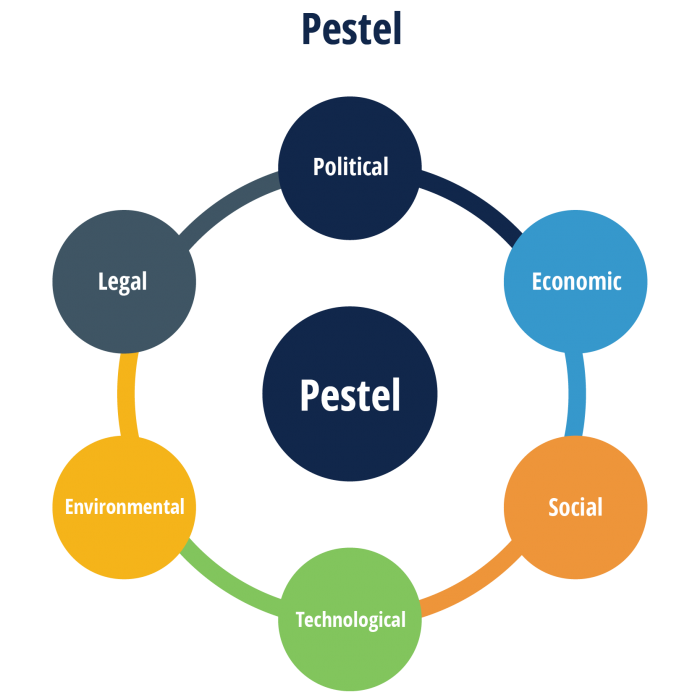When assessing the effectiveness of a proposed business strategy it’s essential to understand the environment in which that strategy will play out.
Scanning the environment to forecast the future in five, 10 and 20 years can seem a daunting prospect, but there are a variety of tools to help.
Using a set formula or methodology in your approach means you can ensure discipline and continuity, regardless of staff changes.
"It's really important that businesses think more broadly than just their industry in WA,” says Apprenticeship Support Australia Manager Lena Constantine.
“If you’re in the construction sector, take into account what the manufacturing sector is doing, as well as the mining and defence sectors, because they're all transferable skills that can be used across those industries.
"Consider what sort of projects are coming online across those sectors that are relatable to yours so you can figure out how hard it's going to be to get those skilled workers."
More information on researching your industry can be found here.
To help you here are some key frameworks and models to build your approach.
SWOT analysis
Developed in the 1960s, SWOT (Strengths, Weaknesses, Opportunities and Threats) analysis is one of the most popular and oldest business planning tools.
Identifying the major factors in each of these four categories – as they relate to your business – will help clarify your workforce planning strategy.
Conducting a SWOT analysis on your major competitors will give you further insight on your market position.

For more, read our guide to conducting a SWOT analysis.
PESTEL
A PESTEL analysis (formerly PEST analysis) is a tool to analyse and monitor the impact the broader environment will have on your business.

One of the key factors in the model's success is that it also considers the legal environment.
"People who undertake HR restructures or functional reviews often find there is an underappreciation of the legal environment," says CCIWA Workplace Relations Director Ryan Martin.
"In terms of workforce planning businesses also need to consider the implications of workplace relations, particularly as it applies to award structure and remuneration.”
Labour market data
There are a range of sources of labour market data. This data can be quite complex and there are acknowledged issues in using current data to forecast future labour market needs.
For CCIWA’s economic outlook reports see here.
CCIWA Chief Economist Aaron Morey also gives regular updates in our regular Economic Pulse webinars, pointing to short-term and longer-term trends on a variety of economic topics, including labour market analysis.
You can register to attend the next instalment via CCIWA's events page.
- Develop a business strategy
- Scan the environment
- Model the workforce
- Identify the skills gaps
- Develop a workforce strategy
- Implement the workforce strategy
- Monitor and report
Click on the links to explore CCIWA's workforce planning model.













